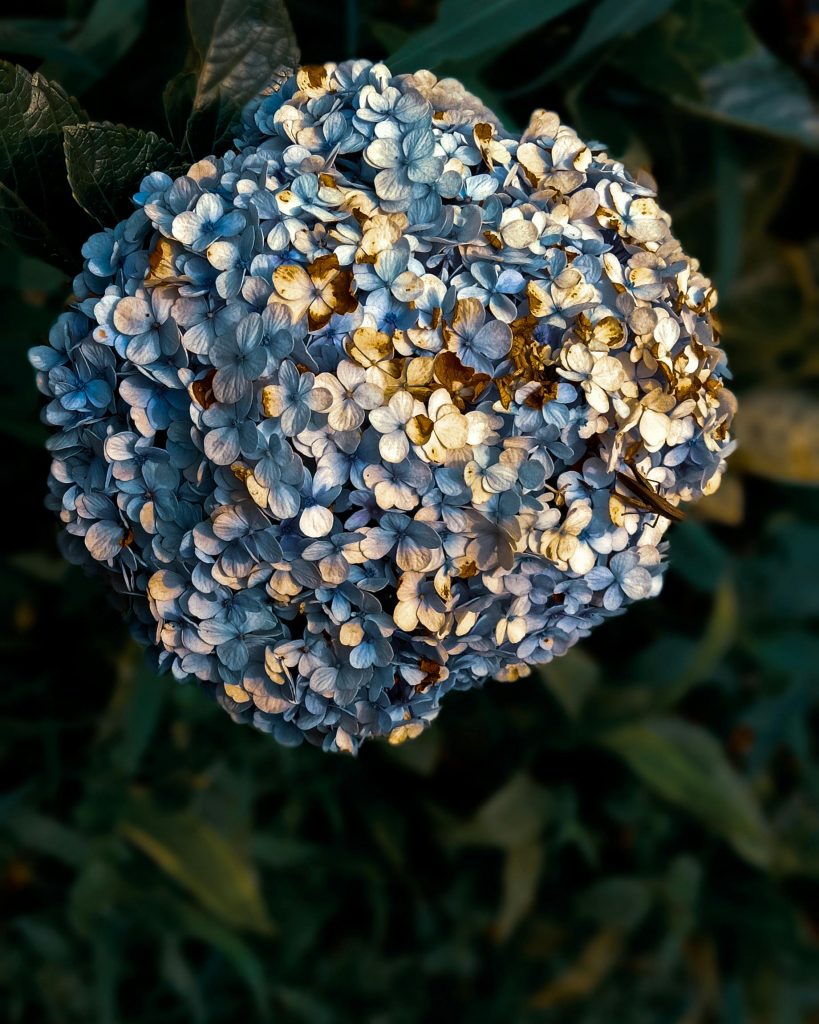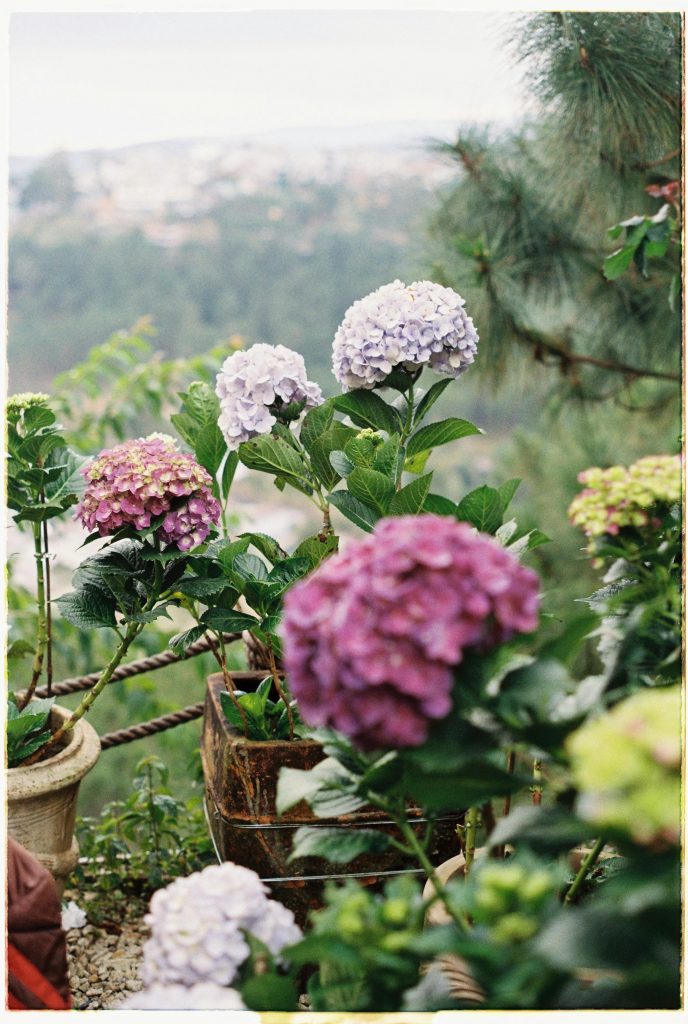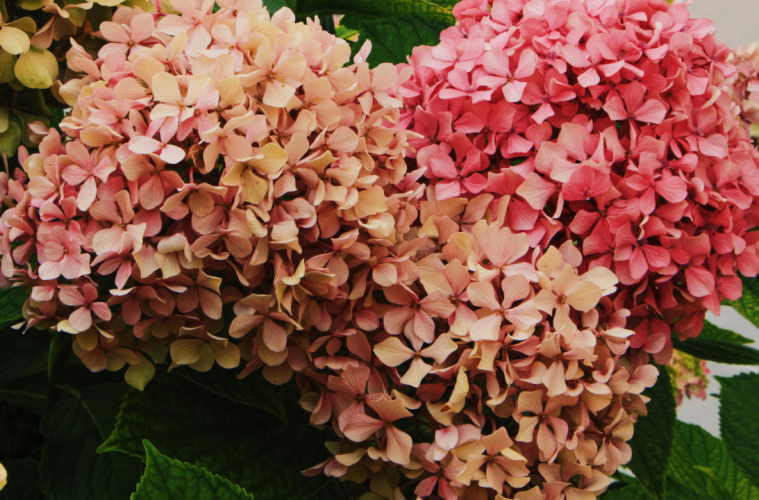Hydrangea blossoms are a spectacular addition to any garden, with their vibrant array of colours from blues and reds to purples, whites, and light greens. If you’re a proud hydrangea grower, you can extend the beauty of these large, showy flowers long after they bloom through the simple and rewarding process of drying and preserving them.
Whether you’re looking to create charming home decor or incorporate them into special occasions, hydrangeas offer versatility and lasting elegance.
Cutting at the right time
To capture the essence of hydrangea blooms at their best, the ideal time to cut them for drying is towards the end of their growing season, typically between August and October. Look for blooms where the larger petals are undergoing a colour change and developing a papery feel, while the tiny flowers are just beginning to open. This period ensures that the flowers have the right balance of moisture, allowing them to dry in about two weeks while retaining their shape and colour.
The biggest challenge in drying hydrangeas lies in knowing precisely when to cut the blossoms. Cutting them at peak bloom results in excess moisture, hindering the drying process and affecting their appearance. On the other hand, cutting them too late may cause the flowers to turn brown. While finding flowers without any brown spots can be challenging, individual brown flowers can be removed before or after drying.

Pexels
Things you’ll need:
Equipment / Tools
- Pruning shear
- Vase with water
Materials
- Hydrangea flowers
Drying method:
Water-drying
Contrary to common expectations, hydrangeas are best dried using water. To prepare the flowers, cut each one at an angle using pruning shears, leaving a stem length between 70-72 centimetres. Remove all leaves from the stem to facilitate the drying process.
Place the cut flowers in a vase filled halfway with water and position it in a cool spot away from direct sunlight. Allow the water to evaporate completely, a process typically taking two to three weeks. Once the hydrangeas feel dry to the touch, and the stems snap off easily, they are ready for use.

While the water-drying method is highly effective, alternative techniques can be explored. Air-drying involves hanging individual stems upside down in a cool, dry location, resulting in slightly more brittle blooms but with their unique charm. Allowing the flowers to dry on the plant until they feel papery is another option, although this may result in less vibrant colours and shorter longevity.
Displaying your dried hydrangeas
Dried hydrangeas offer numerous decorative possibilities. They can be showcased in a vase by themselves, mixed into seasonal wreaths, added to window boxes alongside other dried flowers, or even incorporated into wedding floral arrangements.
ALSO SEE:
Feature image: Pexels


